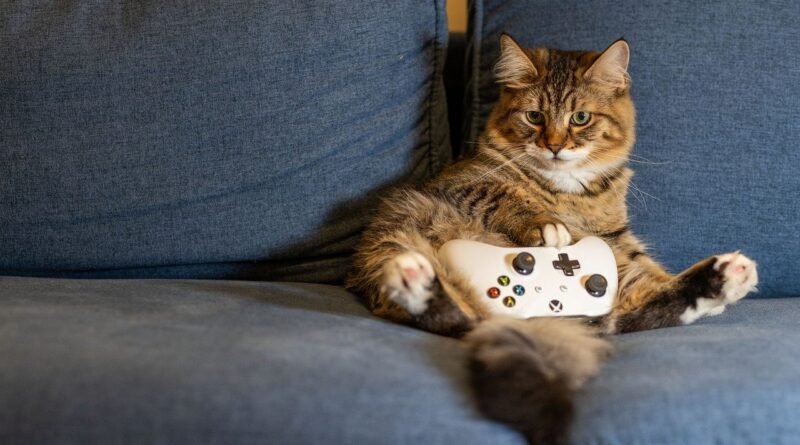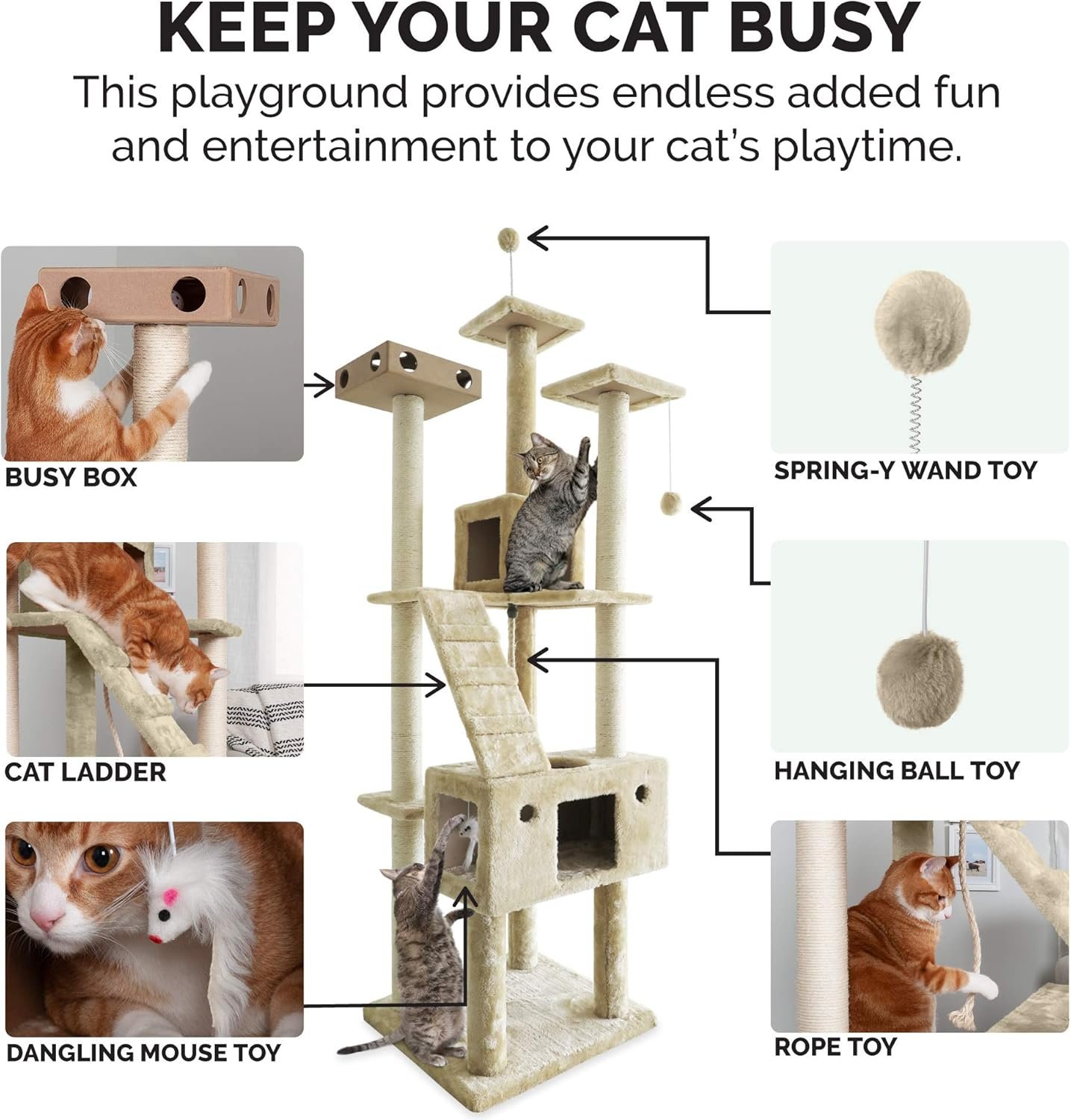Training Your Cats or Kittens With Positive Reinforcement
Pets make our home more complete by being there to greet you after a hard day at work or snuggling up to you while you sleep. Cats have been termed the most fickle of creatures; however, they are sweet lovable creatures if you raise them from infancy. Most cats recognize their owners by the sound of their voice, the car they drive, and who spoils them the most. Like dogs, cats can be trained. A cat can be trained to come to your call, to bring their toys when they want to play, as well as more domestic issues such as using a litter box. The key to training a cat or kitten is reinforcement.
The Importance of Reinforcement
Reinforcement starts at any age, but it is typically wise to start out with a kitten. Cats cannot distinguish words, but they are very astute in distinguishing tones of your voice. They will know they have done something wrong just by the tone of voice you use. This is why it is important to use your upset voice when they have done something wrong, otherwise they will become confused. Let us go back to reinforcement. Reinforcement is either positive or negative. Water is a negative reinforcement for a cat or kitten because they typically despise being wet. Some positive reinforcement can be hugs or fully body petting, treats, or play time.
Training Your Cat to Come
To train your kitty to come to your call is to repeat their name while they are looking at you. Look them in the eye while you are using a nice tone of voice. Another way to call your cat is to have another sound, like snapping fingers, or clicking noises with your tongue. These typically gain the attention of your cat or kitten so they learn to come when you call.

Litter Box Training
Litter box training is perhaps the easiest part of having a kitty in your life. It is best to keep them confined to one room, the room you will have the litter box in to train them. They will learn by you putting them in the box and allowing them to familiarize themselves with the smell. Cats by nature understand the feel of litter associating it with dirt. You may have to pick them up when they first begin to go if they do not understand the litter box and place them inside. Occasionally a cat does not like the litter you use. They show their displeasure by using the floor. This is a time to try something new. Most female adult cats will train their kittens so it is important they do not leave their mother’s care too quickly. Food works in much the same way. Once you show them where their food bowls are they will continue to go there. Cats are creatures of habit.
Training Your Cat to Bring Toys
Habits are how you will train your kitty to bring you toys. Some cats will simply meow when they want to play and casually bat their toy, however if you give them positive reinforcement every time they carry a toy mouse or stuffed toy they will continue to bring the toy without the reinforcement of a treat. For an example my kitty, Spooky, is two. She brings me a stuffed animal every afternoon or evening when she wants to play. She lays it down near the end of my couch and meows until I recognize the good deed and begin to play with her.
The Benefits of Training
Cats are trainable, perhaps not to the degree a dog is trainable with voice commands, but they you can succeed in training them in some ways. Cats will enliven any home and given a lot of positive reinforcement, they can be just as much fun if not more fun than other pets. Especially when they give you comfort by stepping on to your lap kneading and purring. These moments can take away a bad day at work within a few seconds.




:max_bytes(150000):strip_icc():format(jpeg)/7247_190925_MarieConnally_preview1-b2ba03ad0af9414cb058032d69eea6c8.jpg)
:max_bytes(150000):strip_icc():format(jpeg)/GettyImages-1486049233-5c909d91a4784952a351cfc00a9c7a36.jpg)